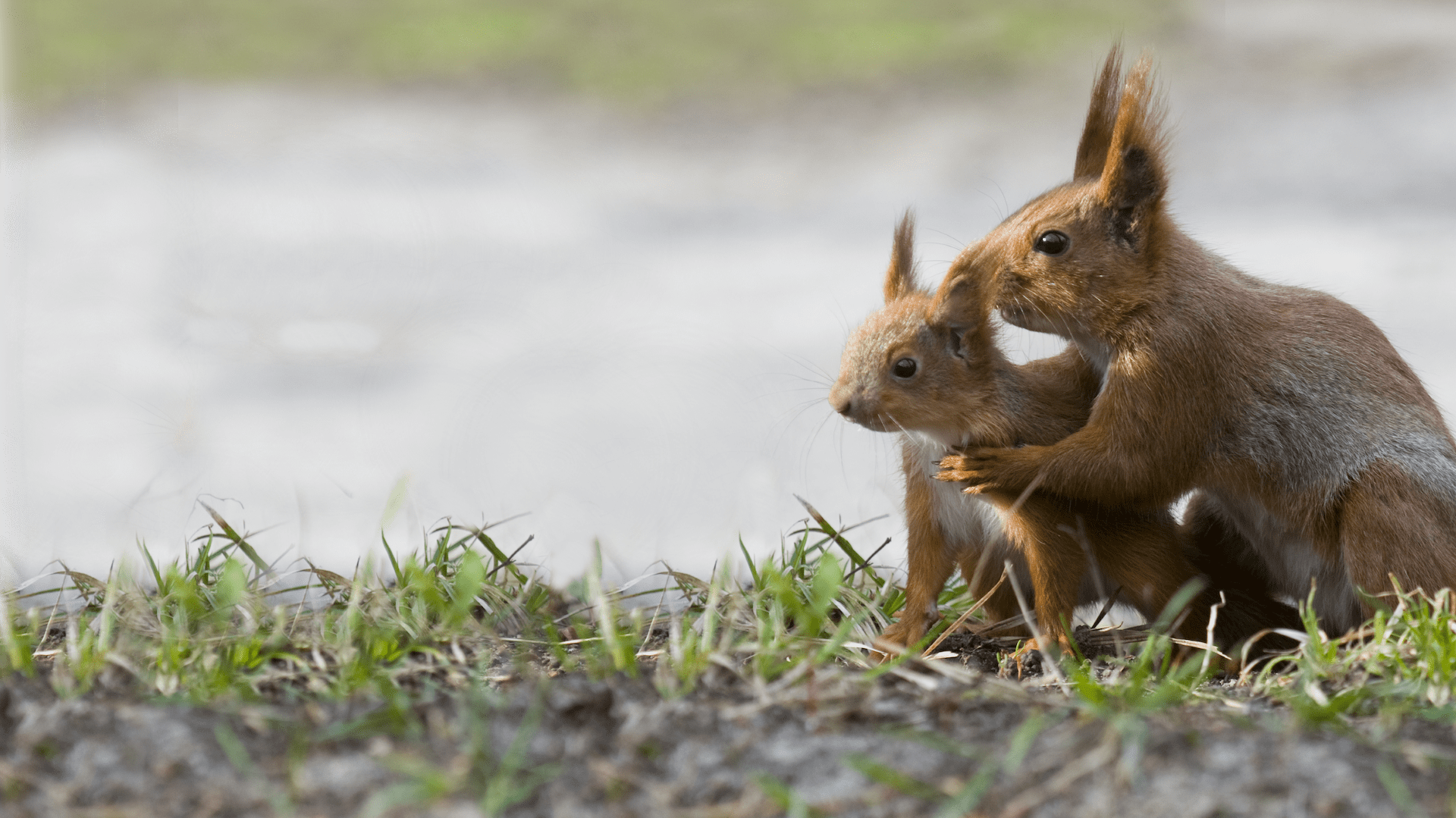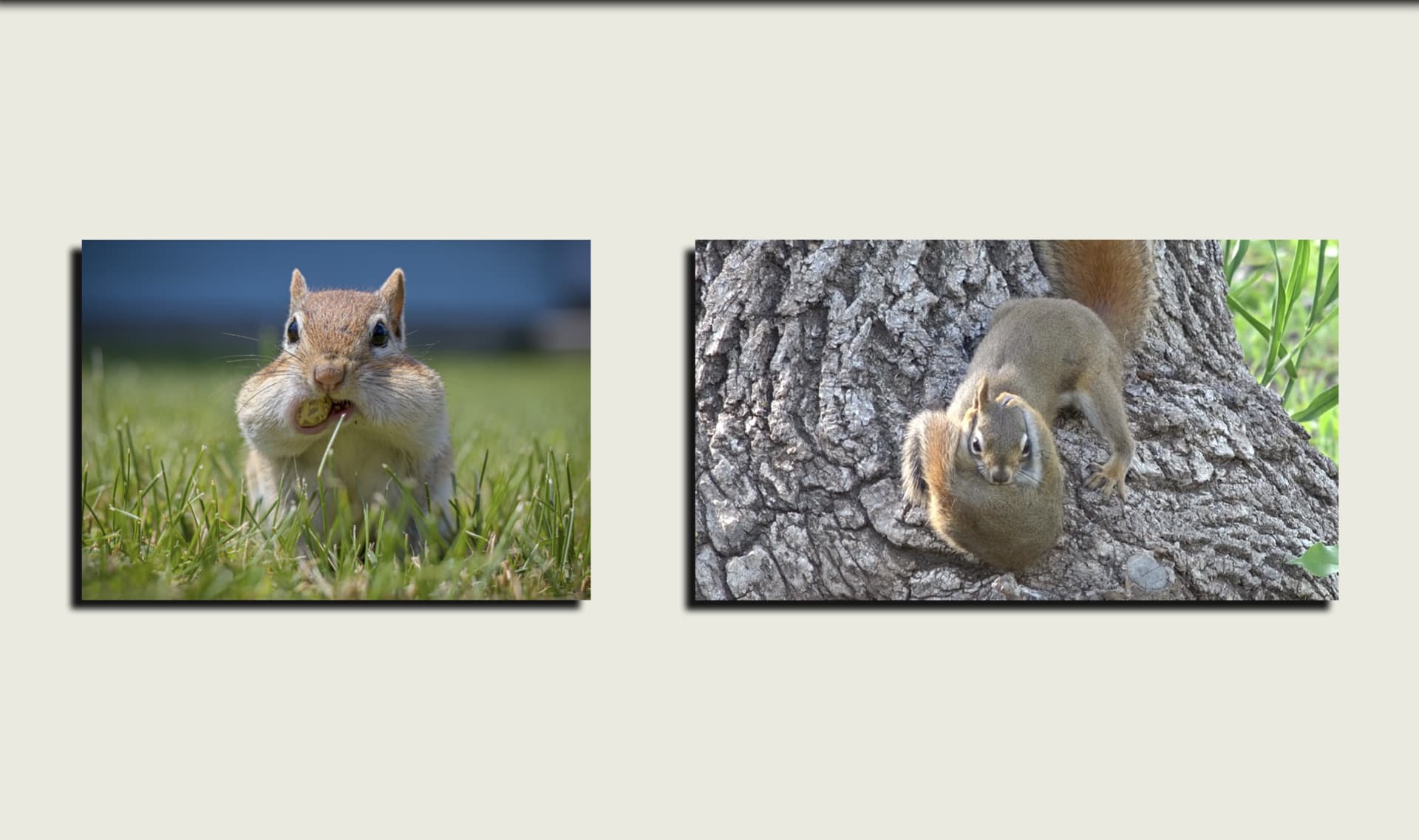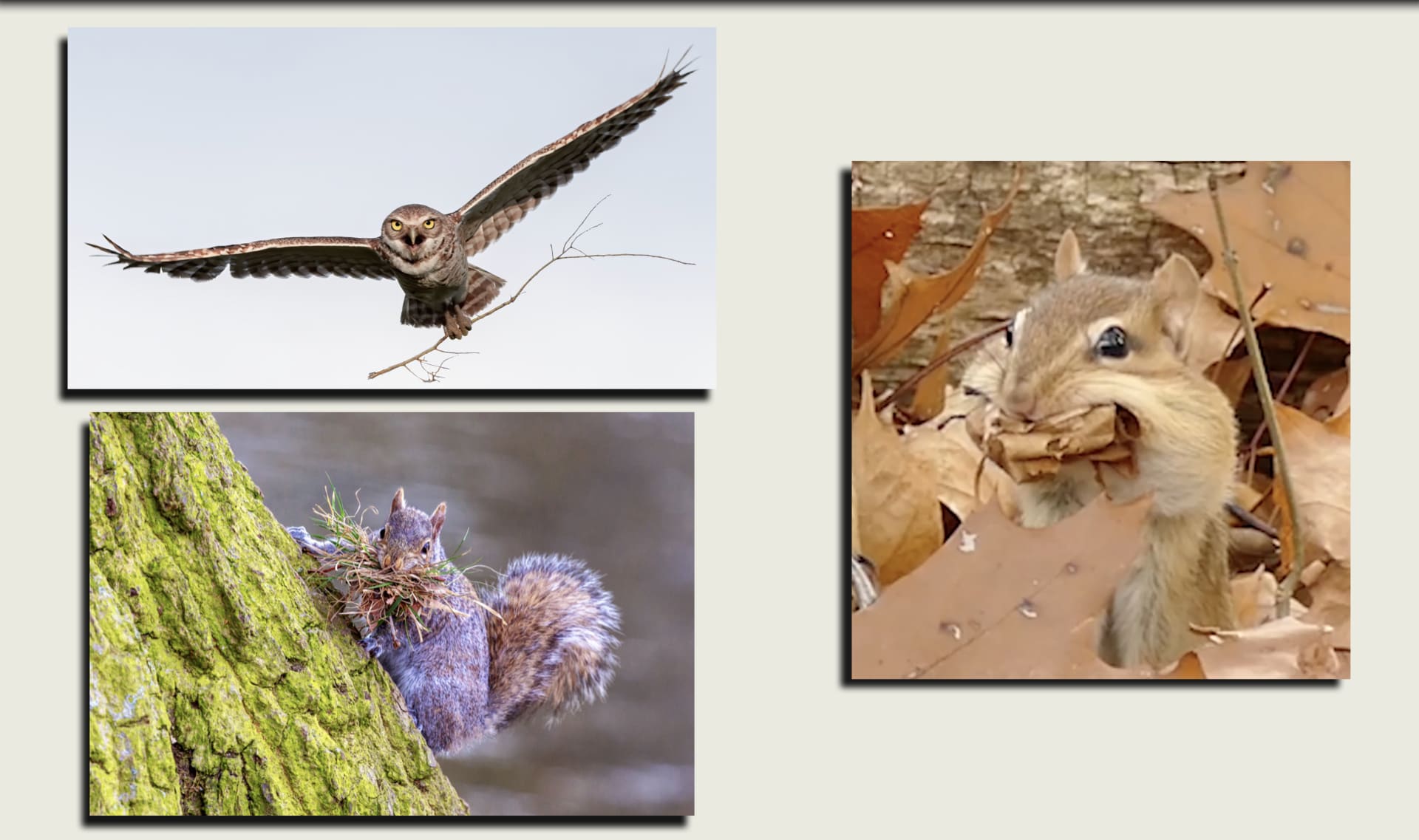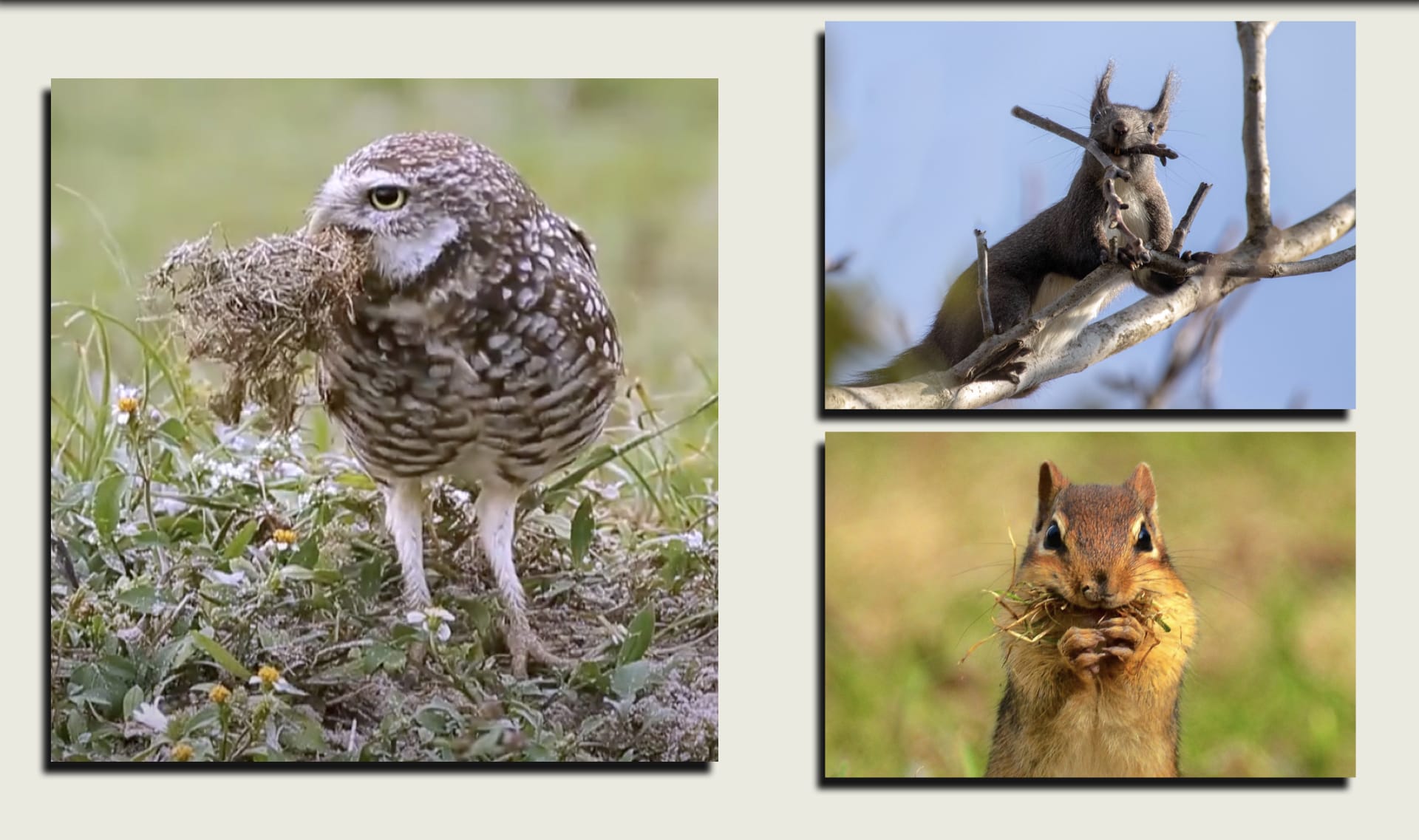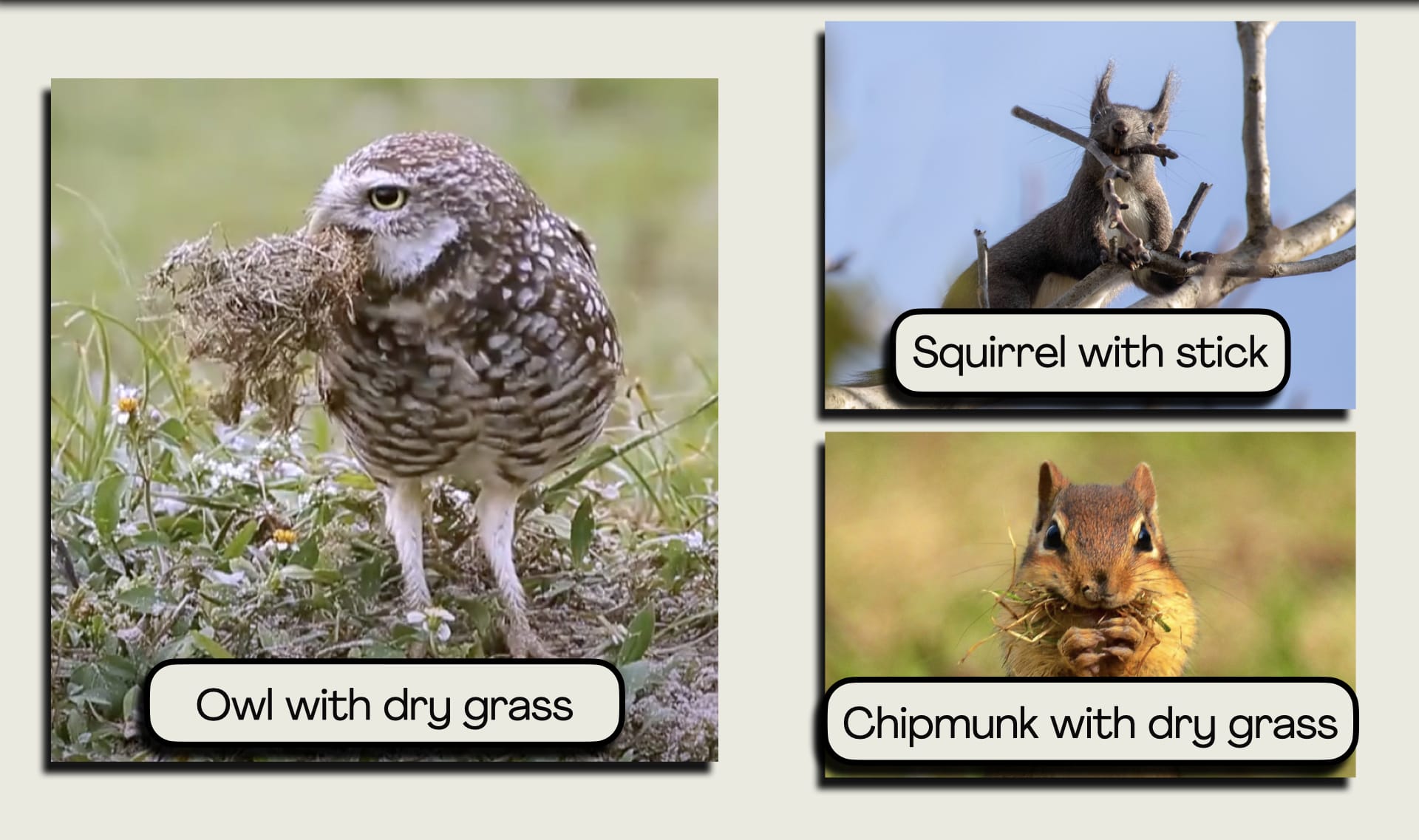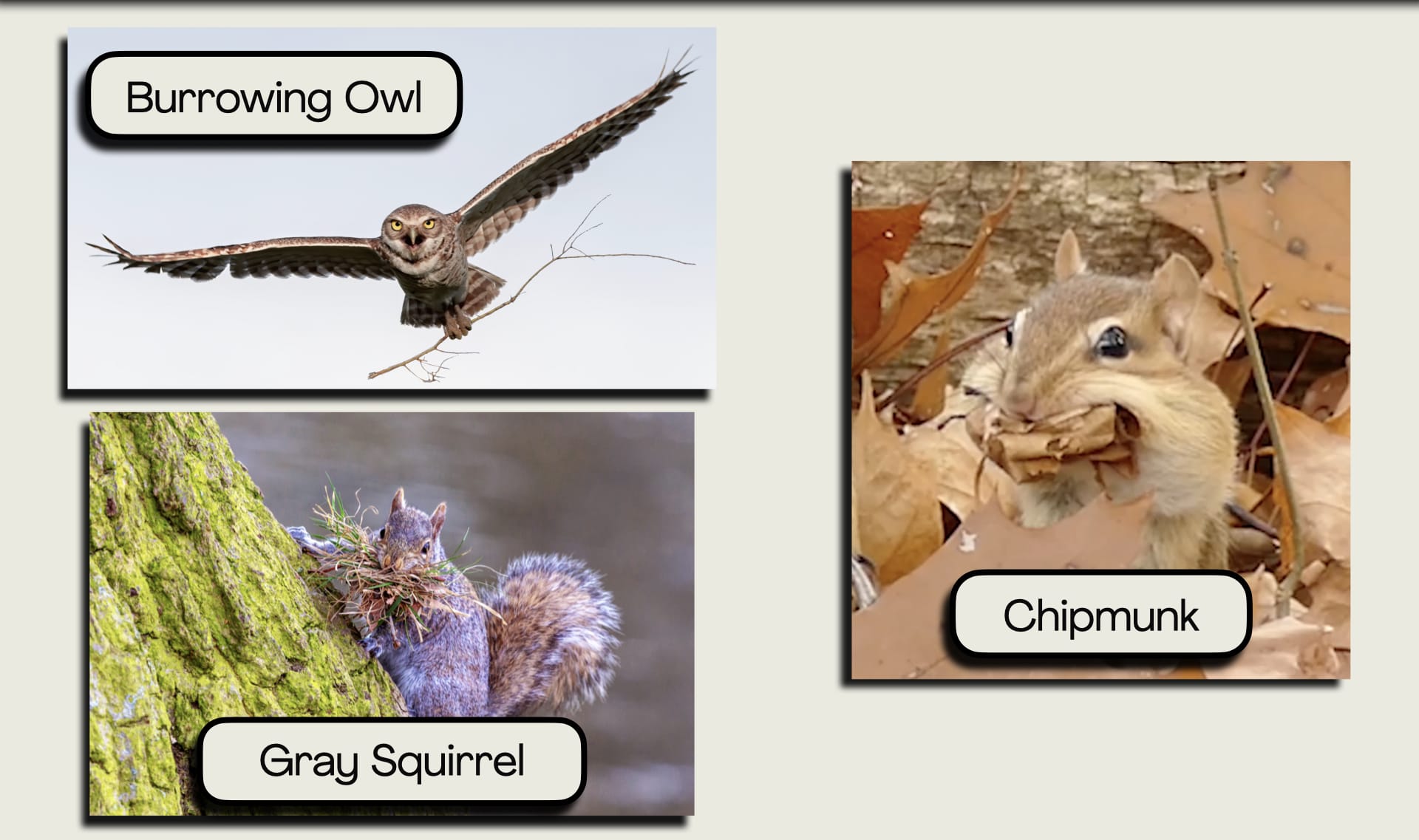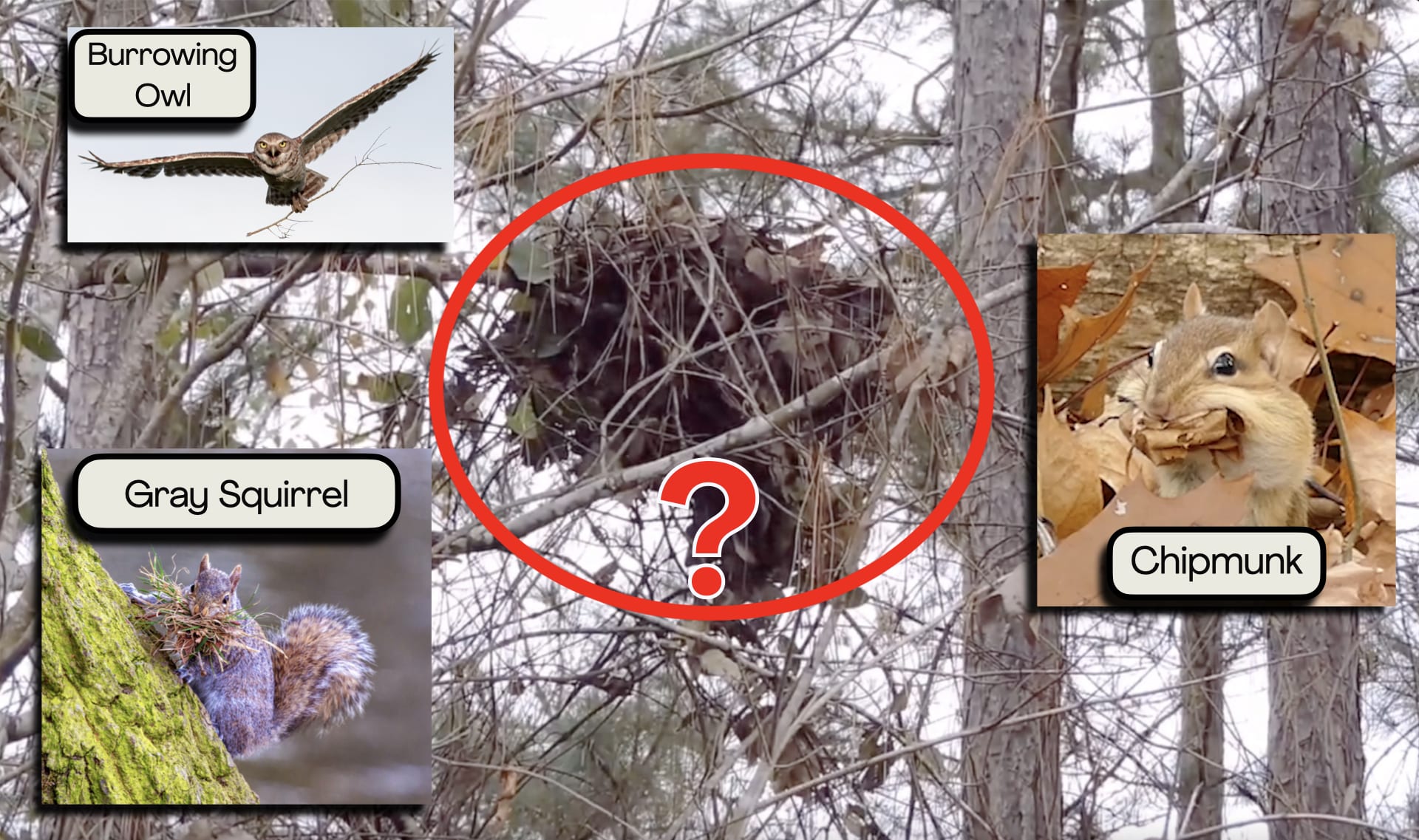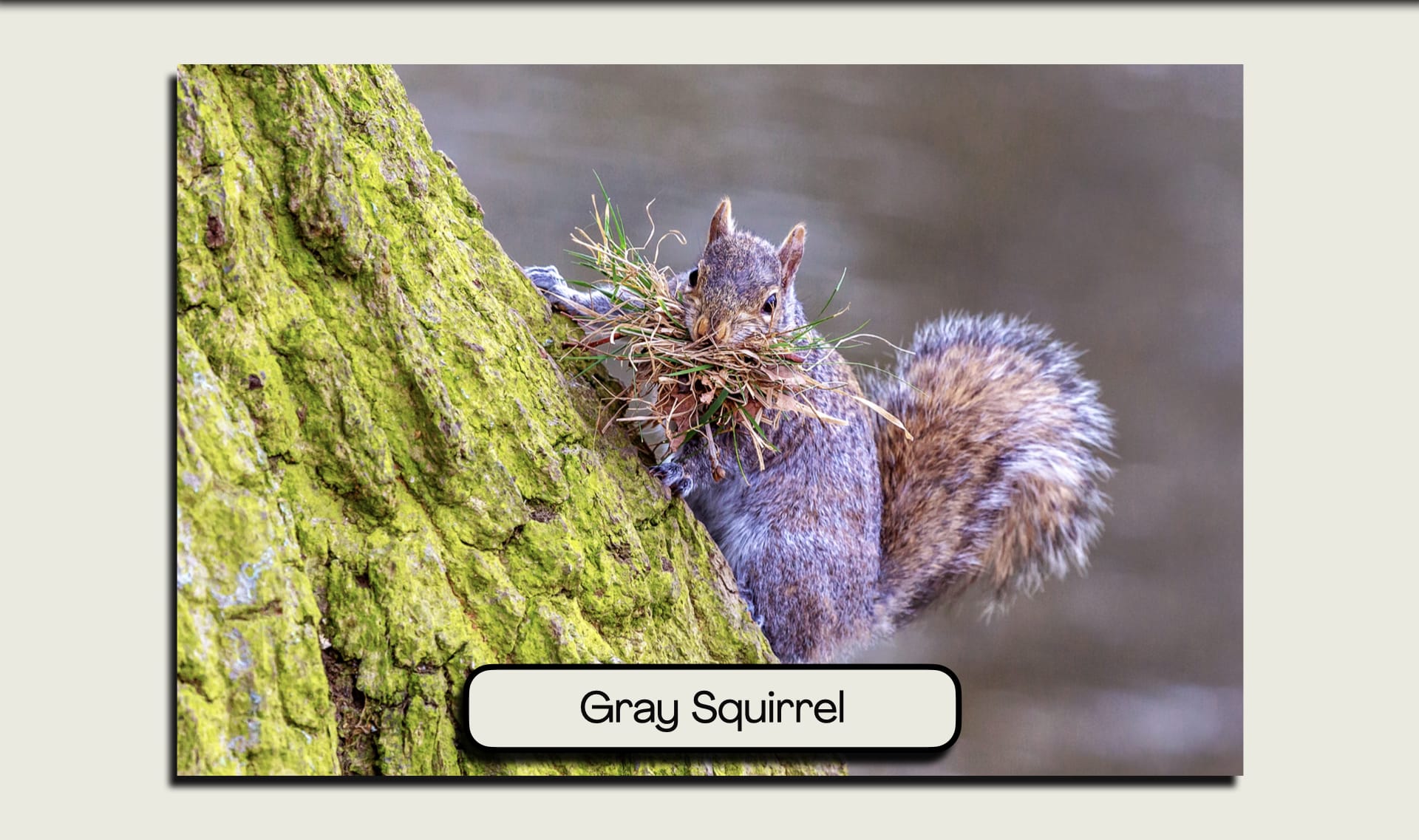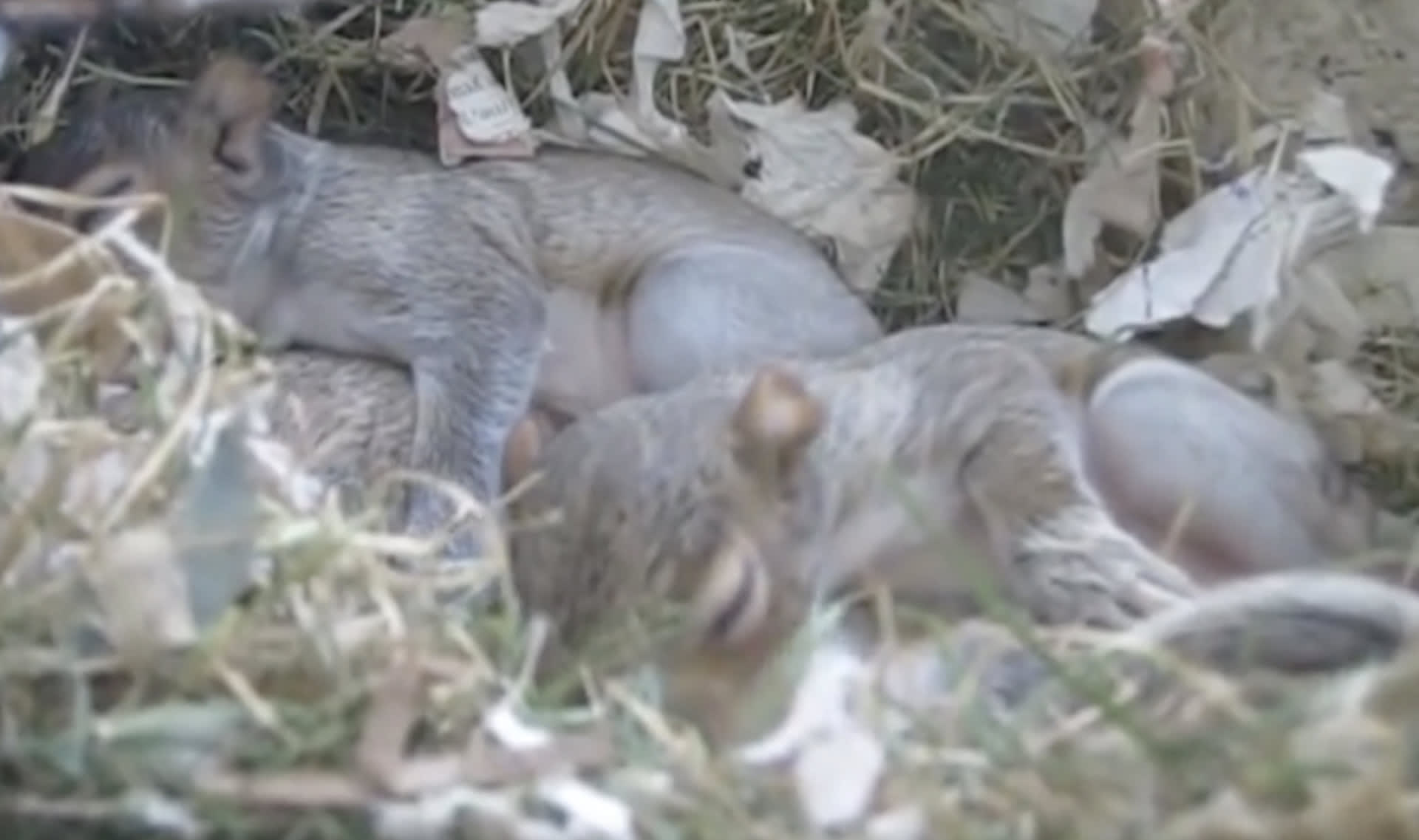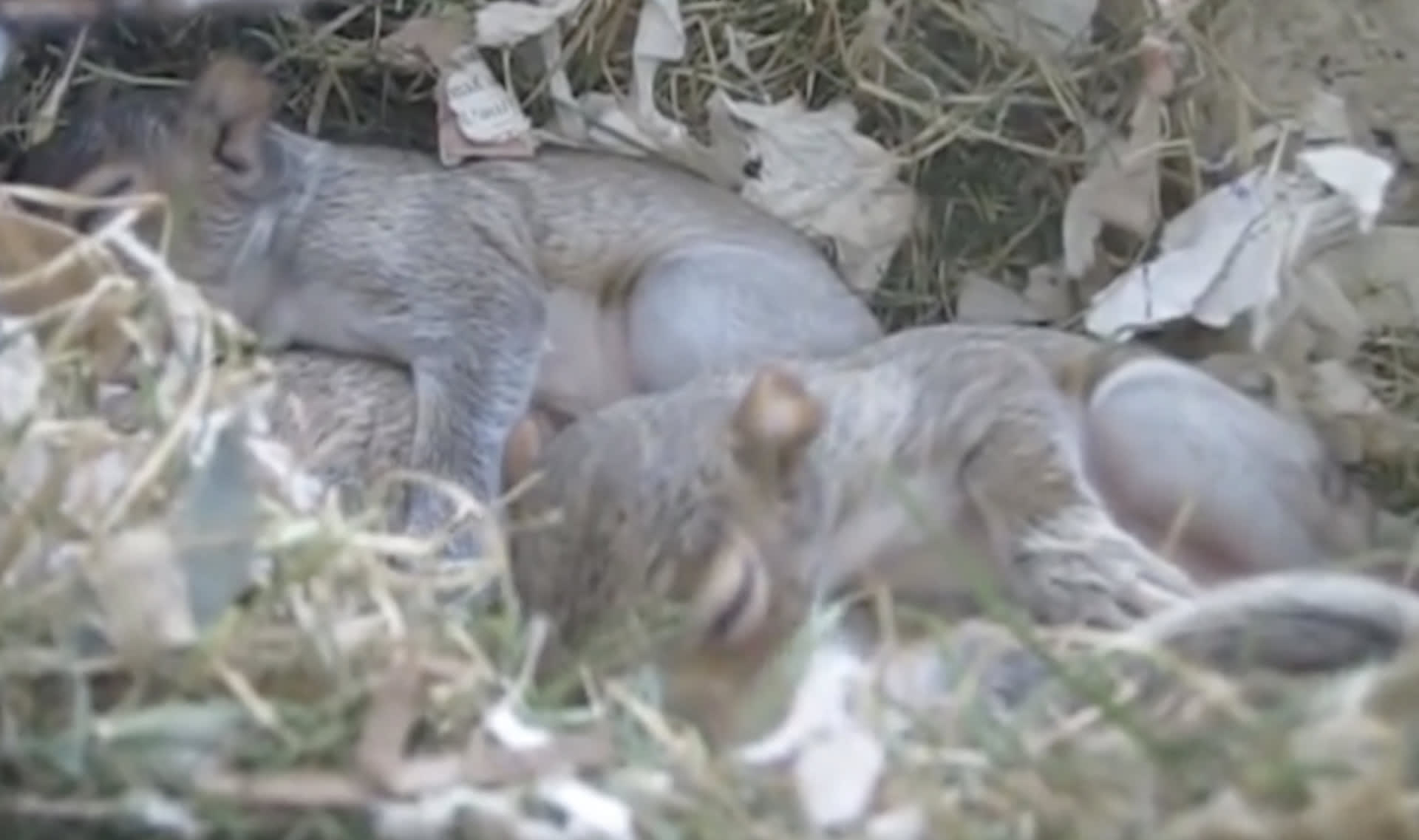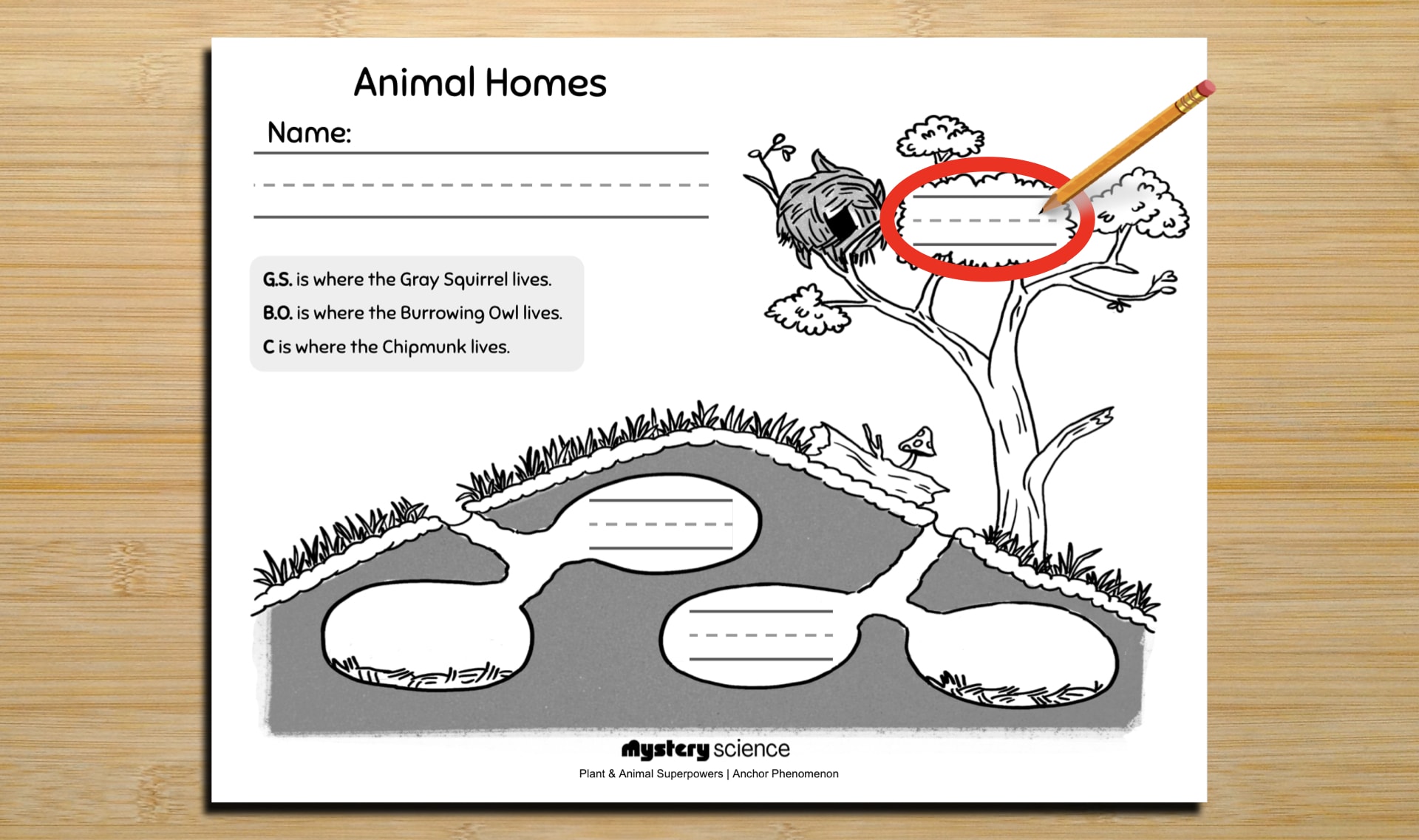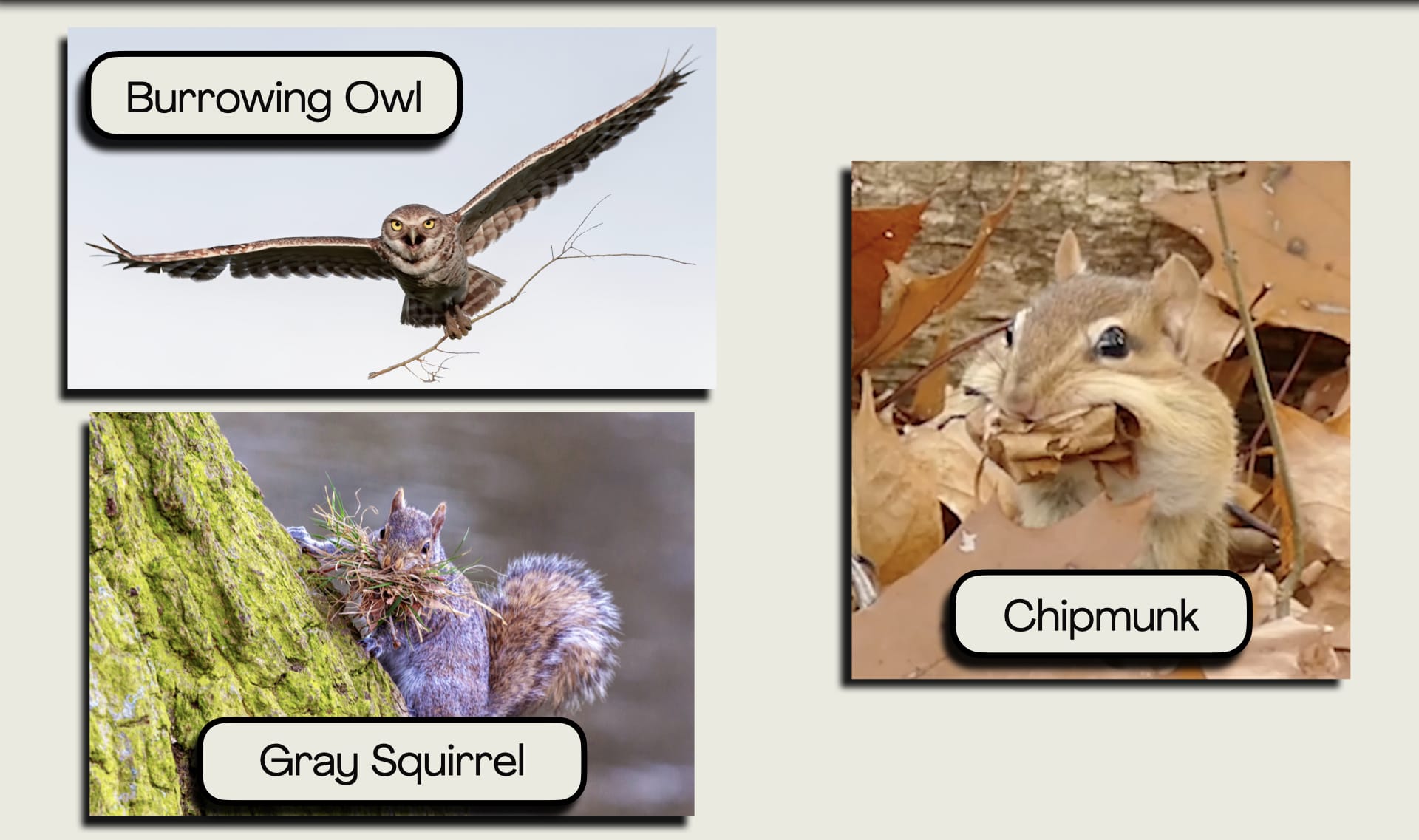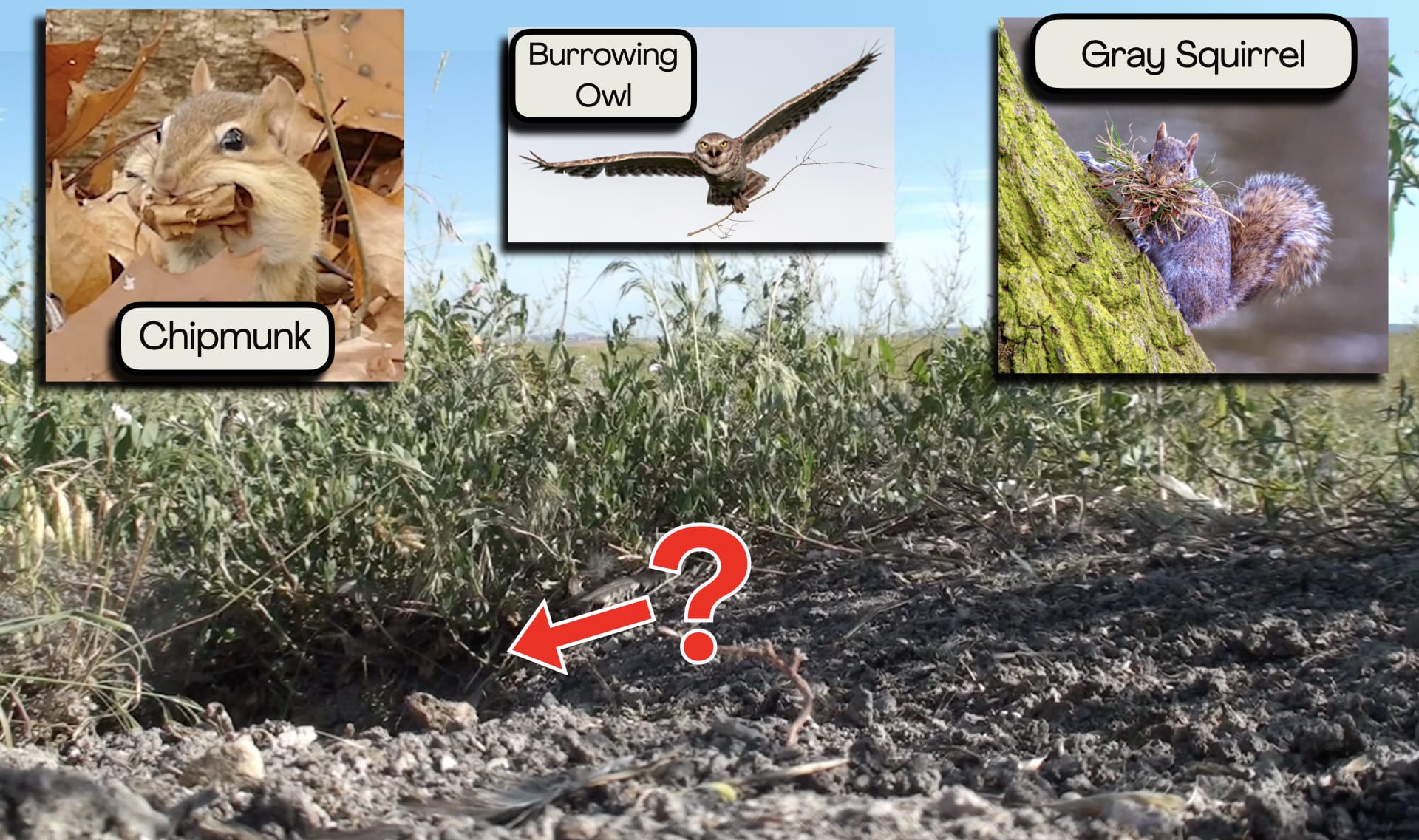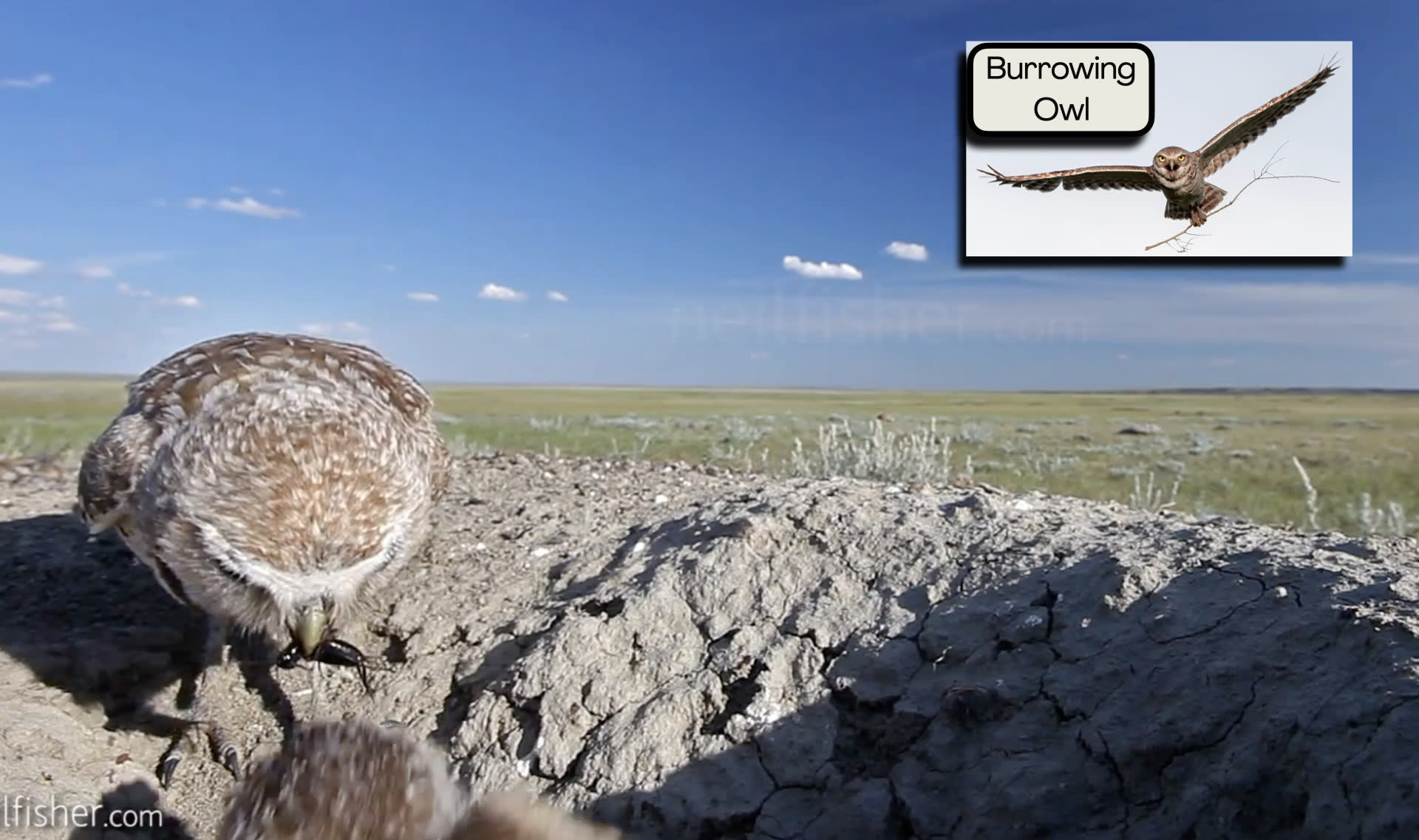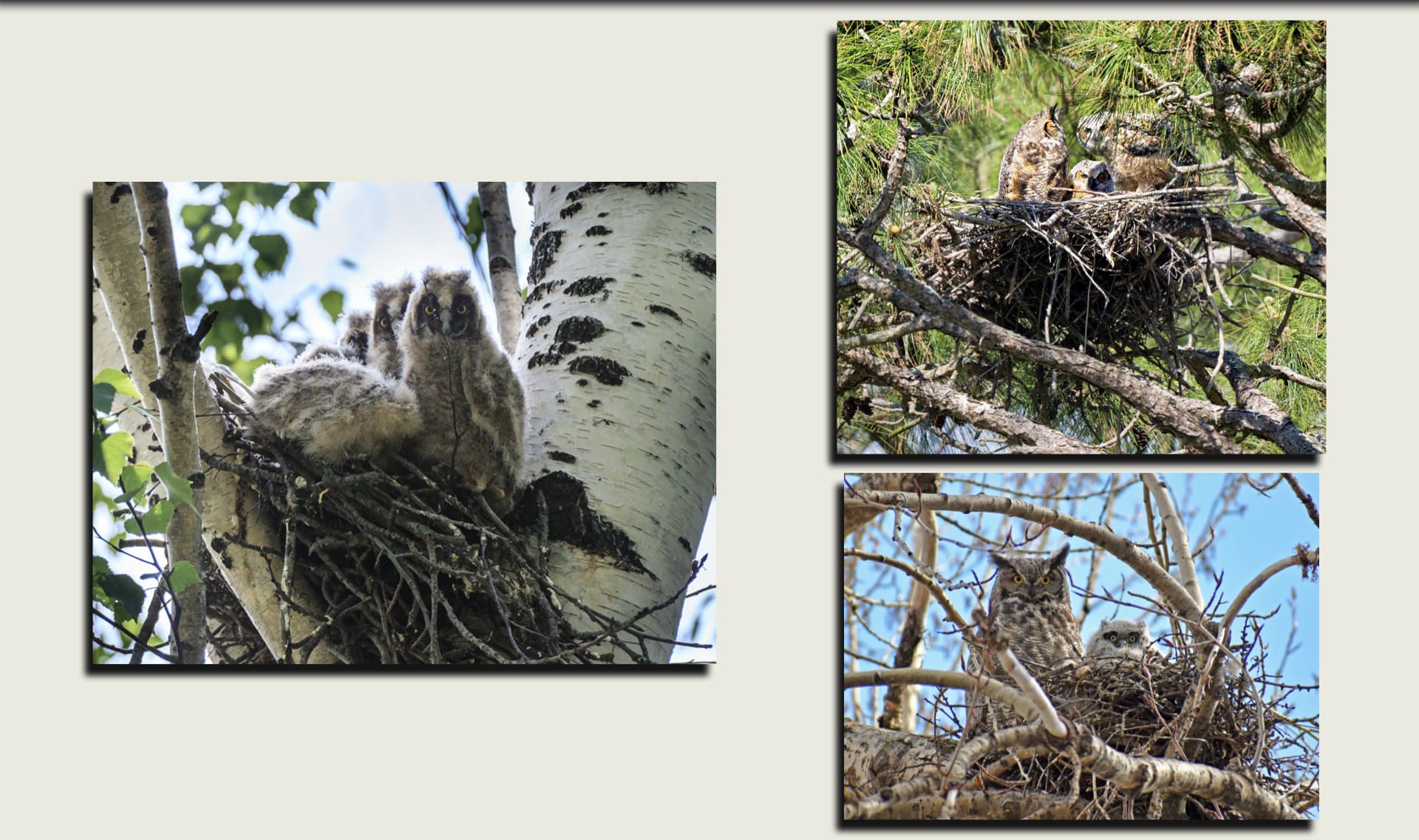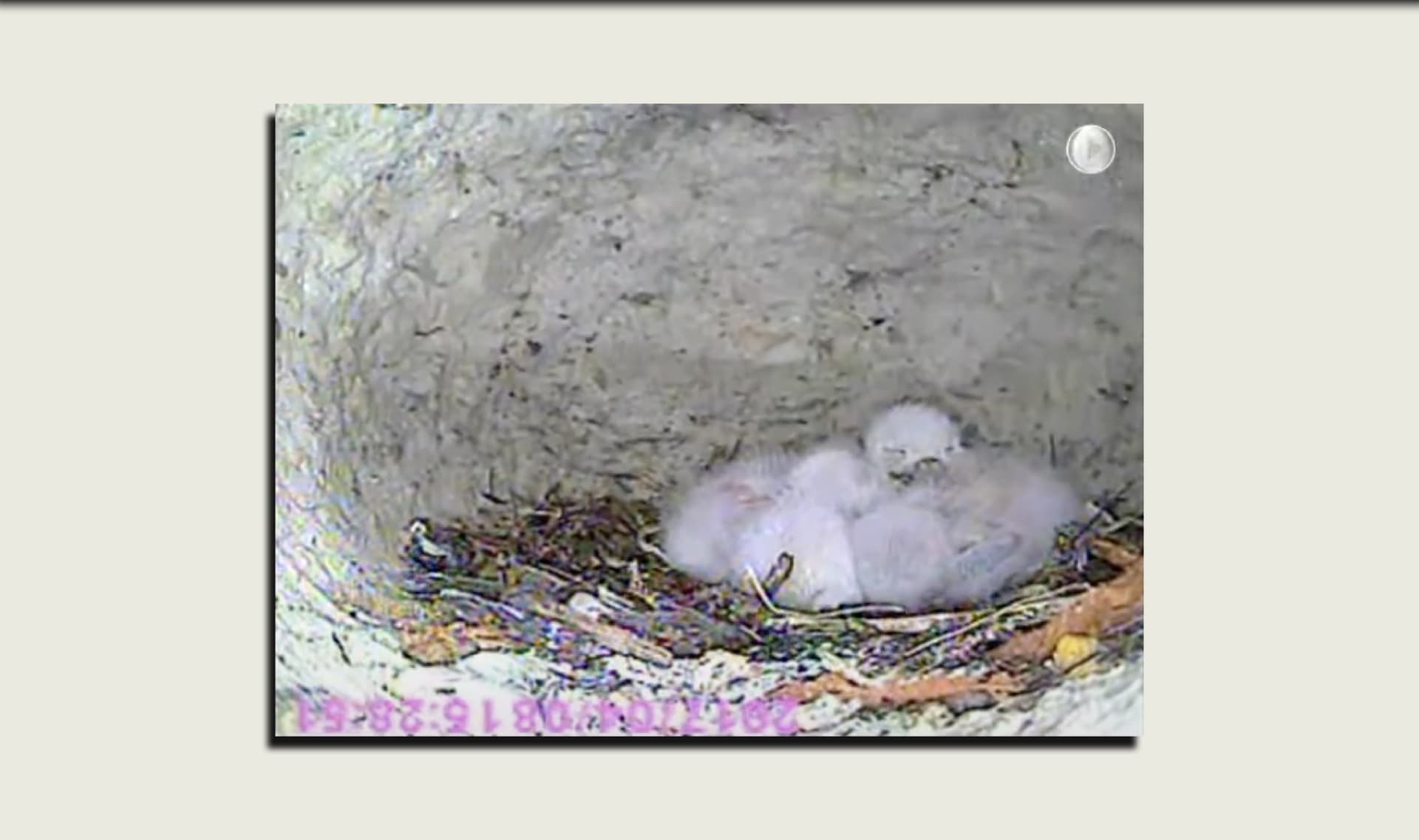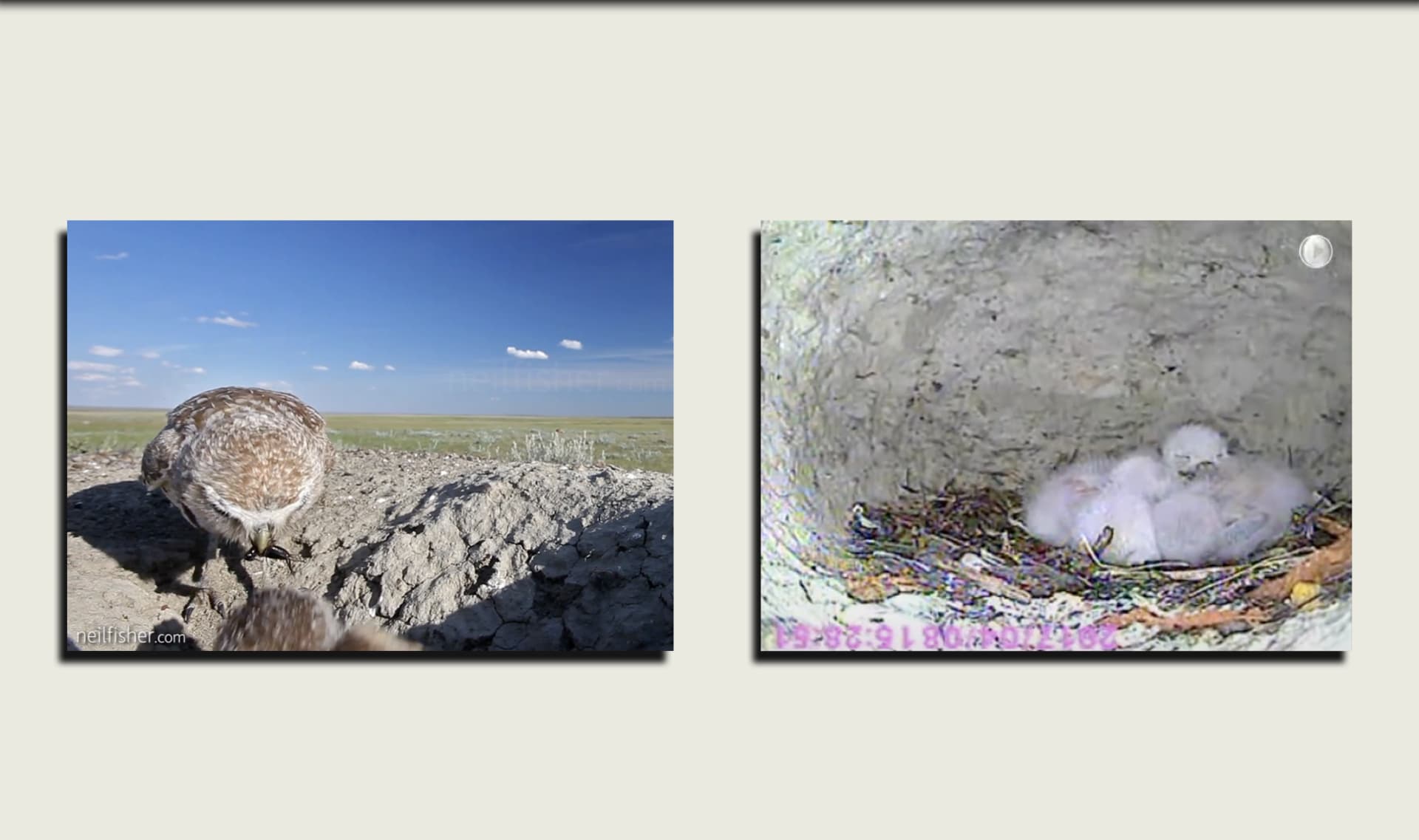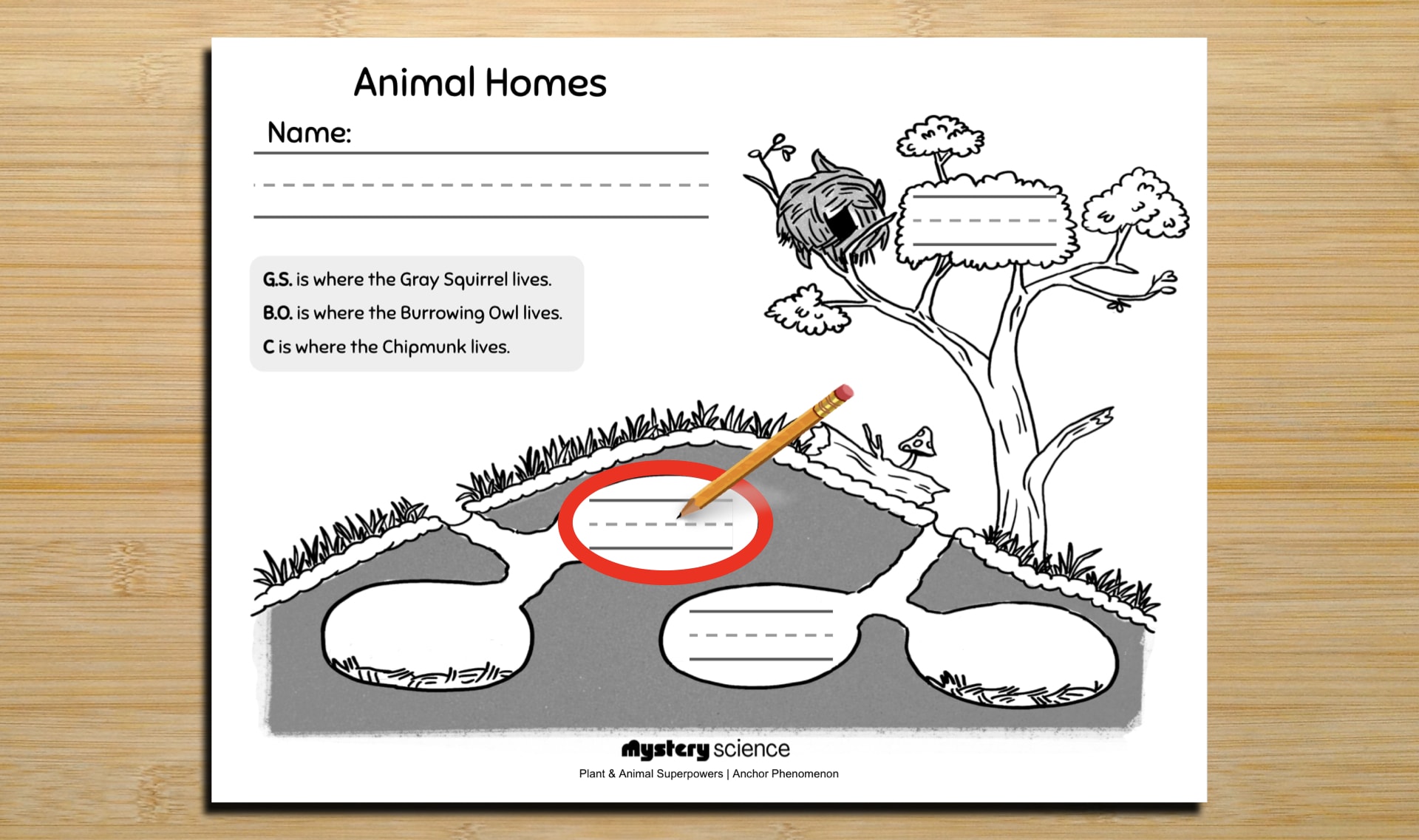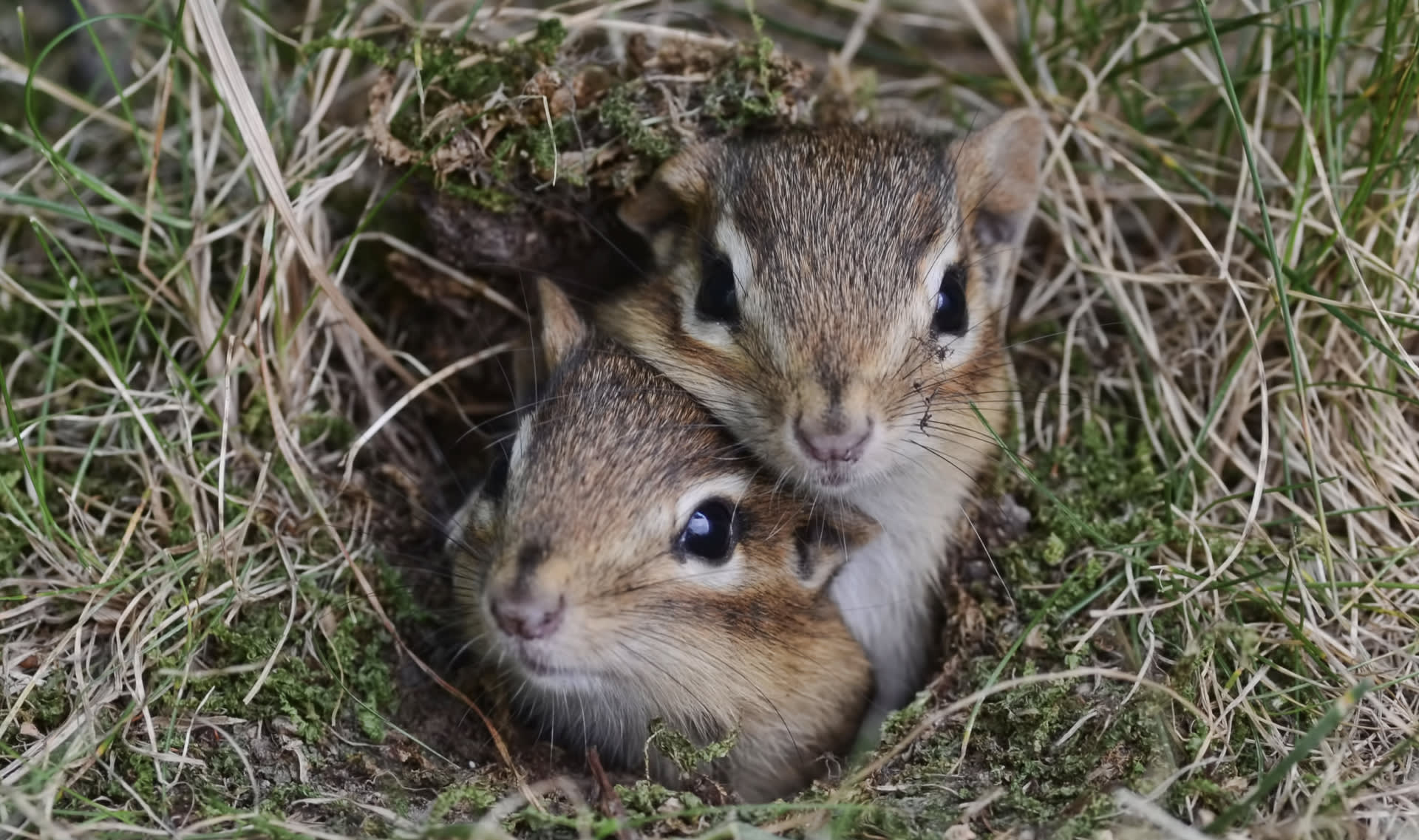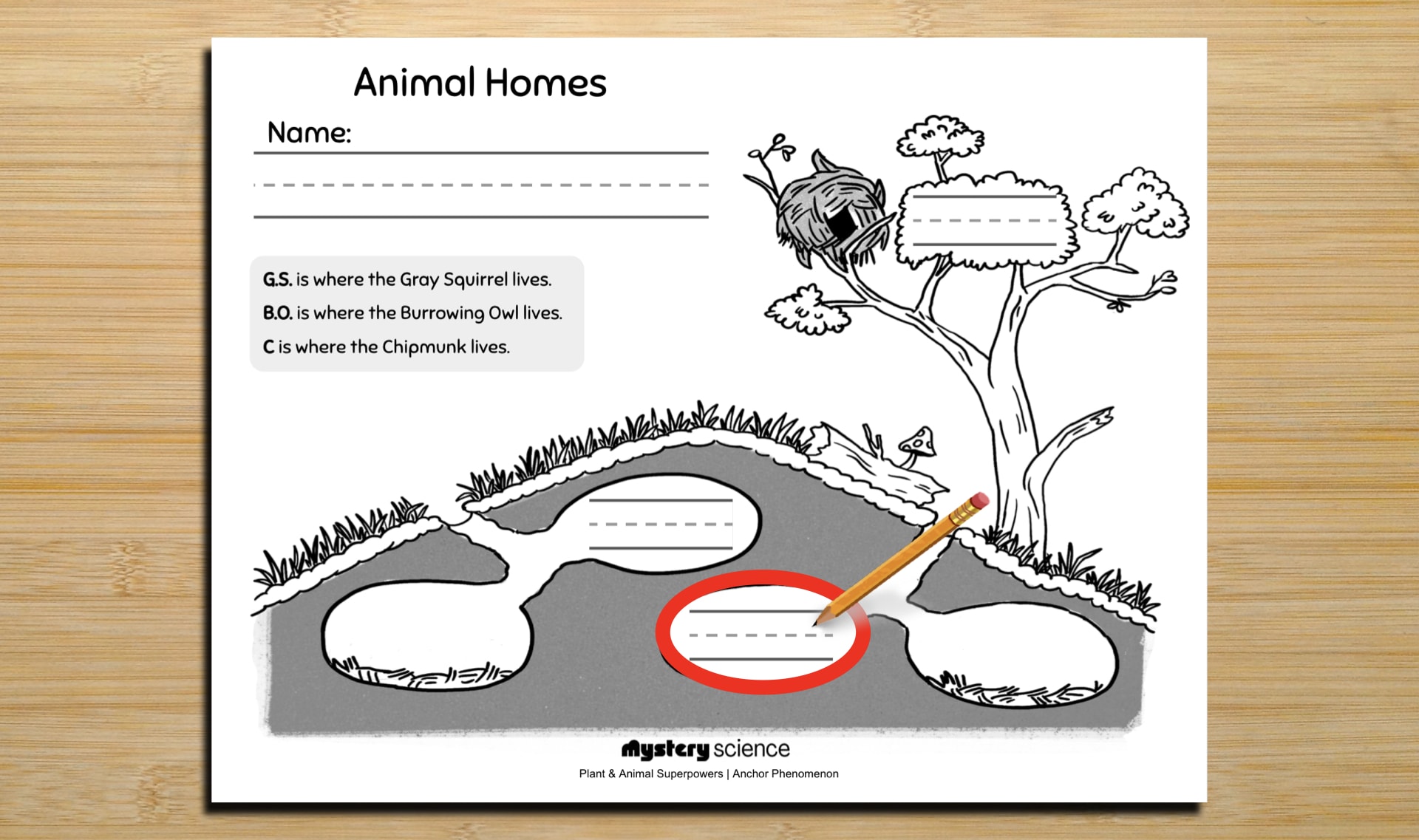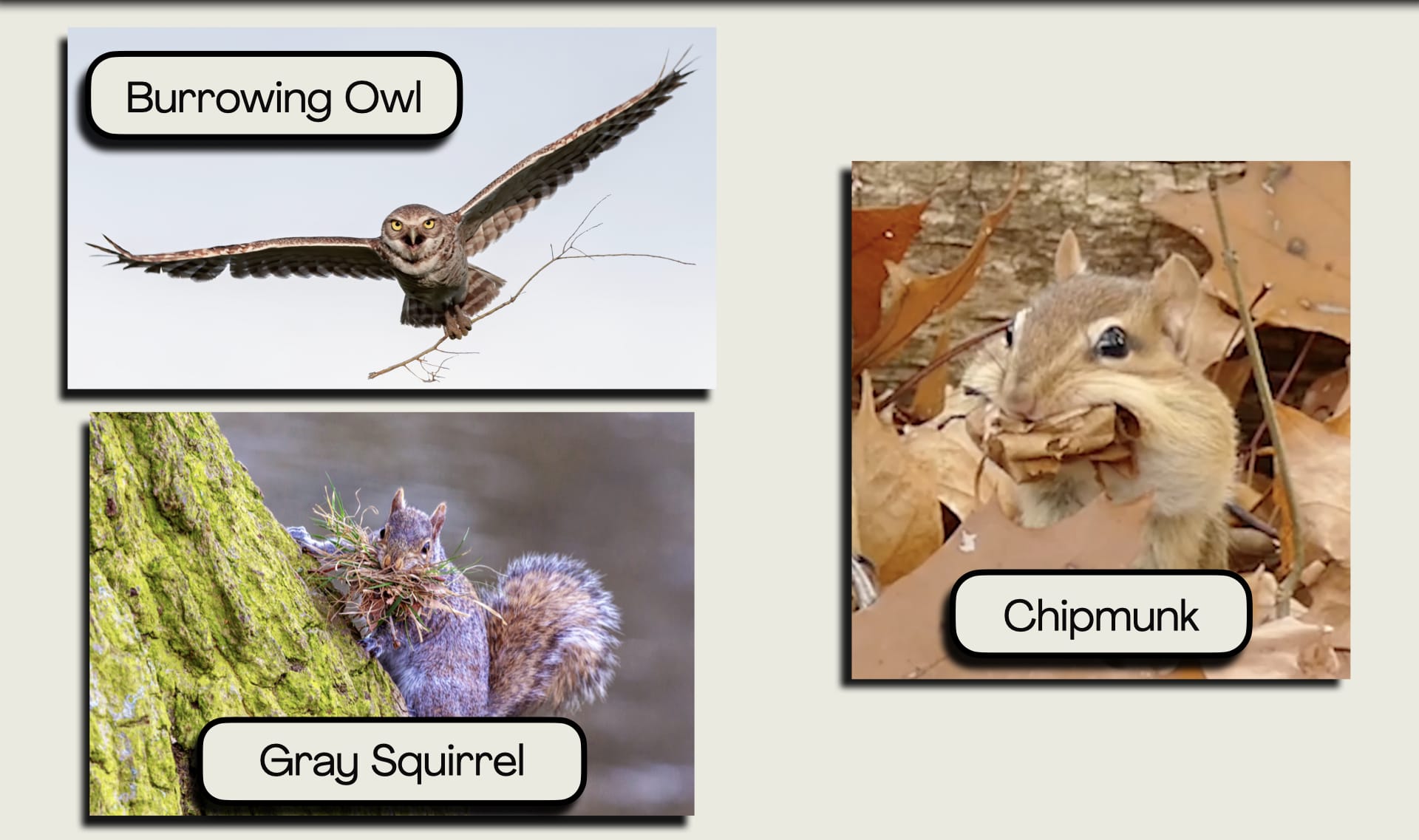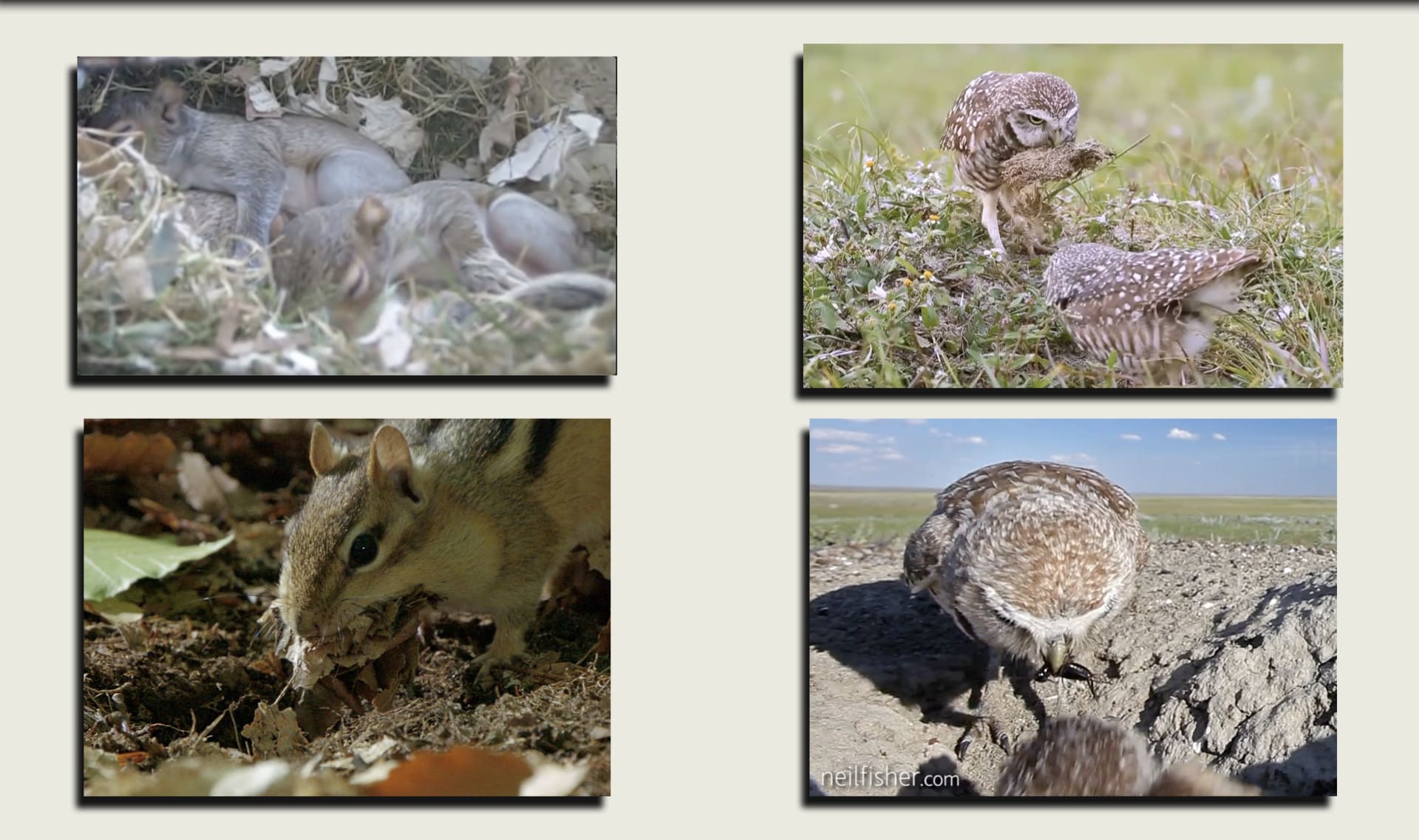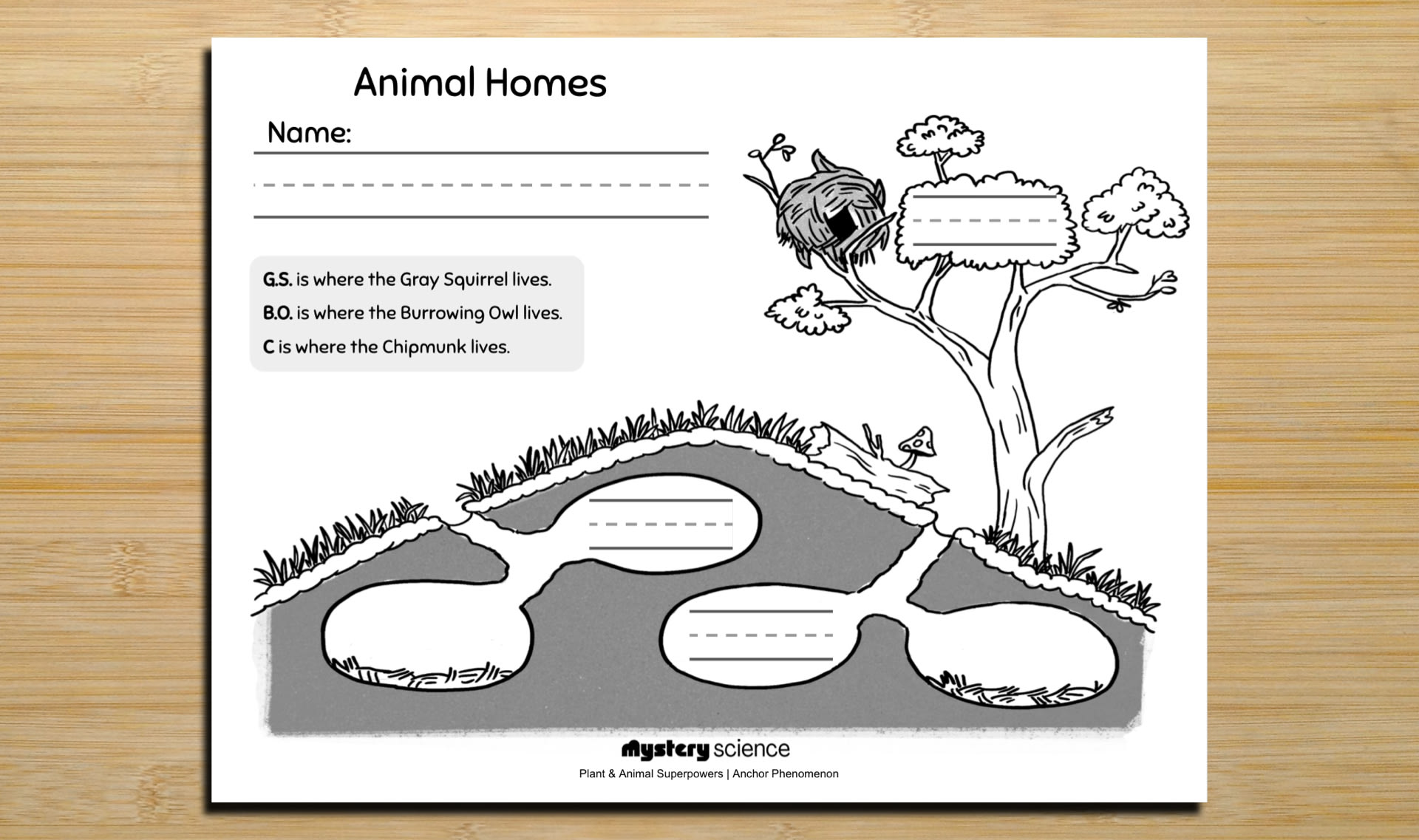Image & Video Credits
Mystery Science respects the intellectual property rights of the owners of visual assets.
We make every effort to use images and videos under appropriate licenses from the owner or by
reaching out to the owner to get explicit permission. If you are the owner of a visual and
believe we are using it without permission, please
contact us—we will reply promptly and make
things right.
Other
Adult and young burrowing owls by
neil fisher
Baby chipmunks together in burrow by
Margaret M Stewart
Baby squirrels in nest by
beckybellew
Burrowing owl emerging from nest by
Pronghorn Productions
Burrowing owl flying with mouth wide open by
Chase D'animulls
Burrowing owls with nesting material by
RobAmyVideo
Chipmunk Stuffing Dried Leaves In Its Mouth Making Cheeks Larger by
MicroStockTube
Chipmunk hiding in burrow with leaves in mouth by
ER CREATIVE SERVICES LTD
Chipmunk jumping out of burrow by
ER CREATIVE SERVICES LTD
Chipmunk with grass in mouth by
Nick's Nature Pics
Eastern Gray Squirrels building a leaf nest by
Linzy's Vids
Grey squirrel climbing tree with nesting material looking at camera by
Clare Lusher
Inside burrowing owl nest by
UF/IFAS Wildlife Ecology and Conservation
Owl nest in tree by
Jiri Fejkl
Owl nest in tree by
Vishnevskiy Vasily
Owl nest in tree by
Anita Braconnier
Squirrel with stick in mouth by
LinaOli
